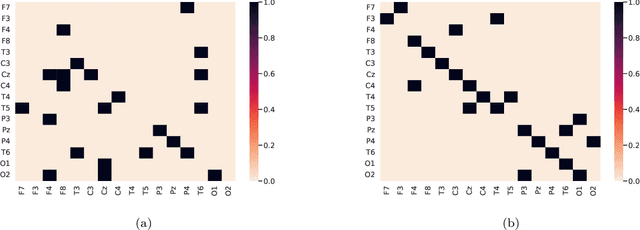Christiane Thielemann
A CARLA-based Simulation of Electrically Driven Forklifts
Sep 19, 2025Abstract:This paper presents the simulation of the operation of an electric forklift fleet within an intralogistics scenario. For this purpose, the open source simulation tool CARLA is used; according to our knowledge this is a novel approach in the context of logistics simulation. First, CARLA is used to generate and visualize a realistic 3D outdoor warehouse scenario, incorporating a number of randomly moving forklifts. In a next step, intralogistics transport tasks, such as pick-and-place, are simulated for the forklift fleet, including shortest-path finding. Furthermore, the capability to play back localization data, previously recorded from a ''real'' forklift fleet, is demonstrated.This play back is done in the original recreated environment, thereby enabling the visualization of the forklifts movements. Finally, the energy consumption of the forklift trucks is simulated by integrating a physical battery model that generates the state of charge (SOC) of each truck as a function of load and activity. To demonstrate the wide range of possible applications for the CARLA simulation platform, we describe two use cases. The first deals with the problem of detecting regions with critically high traffic densities, the second with optimal placement of charging stations for the forklift trucks. Both use cases are calculated for an exemplary warehouse model.
EEG functional connectivity and deep learning for automatic diagnosis of brain disorders: Alzheimer's disease and schizophrenia
Oct 07, 2021



Abstract:Mental disorders are among the leading causes of disability worldwide. The first step in treating these conditions is to obtain an accurate diagnosis, but the absence of established clinical tests makes this task challenging. Machine learning algorithms can provide a possible solution to this problem, as we describe in this work. We present a method for the automatic diagnosis of mental disorders based on the matrix of connections obtained from EEG time series and deep learning. We show that our approach can classify patients with Alzheimer's disease and schizophrenia with a high level of accuracy. The comparison with the traditional cases, that use raw EEG time series, shows that our method provides the highest precision. Therefore, the application of deep neural networks on data from brain connections is a very promising method to the diagnosis of neurological disorders.
 Add to Chrome
Add to Chrome Add to Firefox
Add to Firefox Add to Edge
Add to Edge